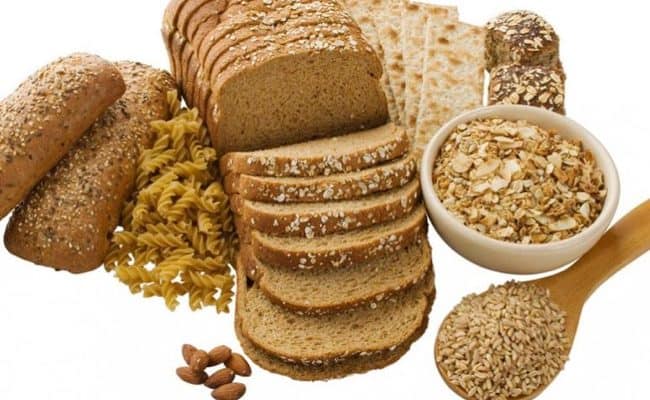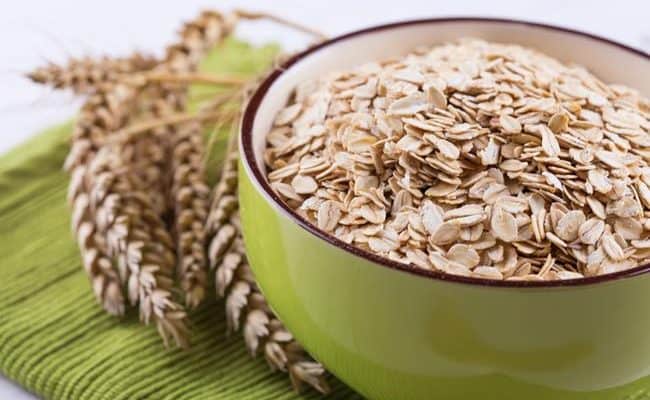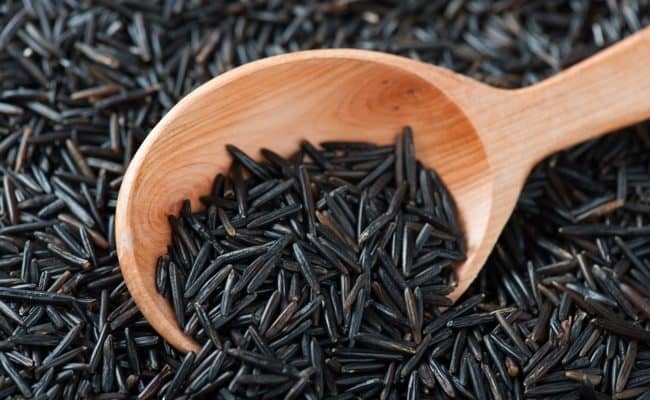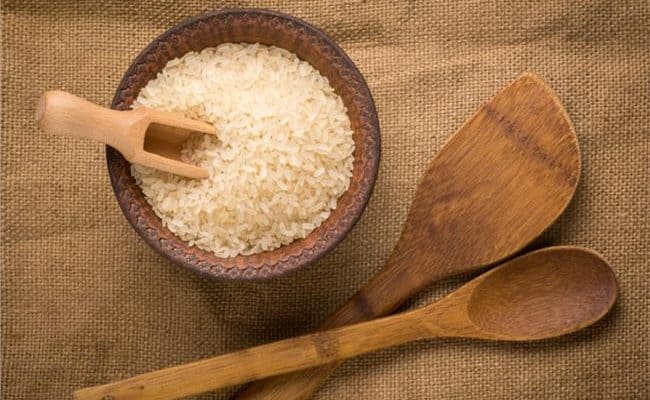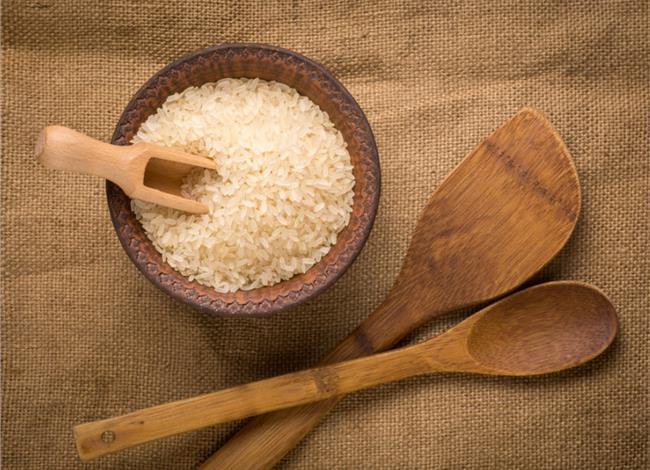
Ancient Asian cultures have been eating rice for centuries, and Asia today still eats about 90% of the world’s rice. However, rice consumption is increasing in other parts of the world like the USA, European Union and Africa.
White rice is a concentrated source of carbohydrates and provides little protein or fat. White rice is considered a refined carbohydrate that is a high glycemic food meaning it raises blood sugar levels soon after eating.
White rice consumption has been associated with increasing risk for belly fat, type 2 diabetes risk and metabolic syndrome. However, most Asian cultures, who eat a lot of rice, traditionally have lower rates of obesity, heart disease, etc.
While white rice consumption may increase risk for diabetes, weight gain or other health risks, the main question is how much are you eating, what the rest of your diet looks like and how much are you exercising.
Belly fat and weight gain
Eating foods like plain white rice or white bread increase blood sugar levels soon after eating. Whenever blood sugar levels rise, insulin is released from the pancreas. Insulin’s job is to take the glucose from the blood stream and bring it into the cells of the body for energy or storage.
If you have just completed an exhausting workout that lasted a few hours, your body is probably low in glucose stores. Eating high glycemic foods like rice after exercise can help increase muscle storage of glucose called glycogen.
If you eat a bowl of white rice and you’re sitting at the computer, your muscles aren’t deprived of glucose. Most likely, the glucose will enter muscle cells for storage and also be stored as fat.
Eating large amounts of high carbohydrate foods increase the release of insulin. Insulin promotes storage of glucose and also promotes fat storage. Therefore, eating a diet high in refined carbohydrates that is promoting the release of insulin can promote fat storage.
One study (1) funded by the National Heart Lung and Blood Institute looked at the diets of about 3,000 men and women and measured fat distribution.
Researchers found people who ate 3 or more servings of whole grains a day and less than one serving of refined carbohydrate, like white rice, had significantly less belly fat than others who had higher intake of refined carbohydrates.
In general, eating whole grains in place of refined carbohydrates is recommended.
For example, eating brown rice in place of white rice is often suggested. Researchers from this study noted that replacing refined carbohydrates with whole grains could help with weight regulation and other health risks.
Diabetes risk
A 2010 study (2) found that replacing brown rice for white rice may help lower risk for type 2 diabetes. In general, brown rice does not raise blood glucose levels as high as white rice.
Therefore, less insulin needs to be released after eating brown rice, which helps with lowering risk for type 2 diabetes.
A 2012 review (3) also found that eating a higher amount of white rice is associated with a higher risk of type 2 diabetes, especially in Asian populations.
Metabolic syndrome
According to the American Heart Association (4), about one third of adults in the US have metabolic syndrome. The risk factors include: abdominal obesity, higher level of blood triglycerides, low levels of the good HDL cholesterol, high blood pressure and high fasting blood sugar.
If someone has three of these 5 risk factors, they are considered to have metabolic syndrome.
A 2014 study (5) found that eating a high amount of white rice was associated with an increased risk of the metabolic syndrome.
Researchers found that people in this study who had the highest amount of white rice intake also had the lowest levels of HDL cholesterol, higher blood pressure and higher triglyceride levels.
How is the traditional Asian diet different?
If white rice increases risk for belly fat, type 2 diabetes and metabolic syndrome, why does a traditional Asian diet not increase risk for these health risks even though it includes a significant amount of white rice?
This diet and lifestyle also includes modest portion sizes and eating until you are satisfied, not stuffed. A traditional Asian diet is high in fruits, vegetables, green tea and includes a very active lifestyle.
Yes a traditional Asian diet includes white rice, but these other lifestyle factors have a major influence on health as well.
As Asian cultures shift to a more Western diet, obesity rates, heart disease and type 2 diabetes risks have been increasing.
Conclusion: How much are you eating?
White rice can be a part of a healthy lifestyle, as shown by traditional Asian diet. However, the rest of your diet and lifestyle has a big influence on health.
If you live a primarily sedentary lifestyle, eating large quantities of rice and other refined carbohydrates probably gives you more simple carbohydrates than your body needs.
This can lead to an increased risk of weight gain in the belly, type 2 diabetes and even metabolic syndrome.
For healthy ways to incorporate rice into your diet, eat small portions of rice. Eat larger amounts of higher fiber foods like fruits and vegetables.
Make rice a small side dish with a meal that also has a balance of healthy proteins and fats.
Make sure you are following an active lifestyle and limit your time sitting.
If you enjoy eating rice, try substituting other forms of rice like brown, black or red varieties in place of white rice. Also, check the source of the rice you are eating.
There is a concern some varieties of rice have higher than recommended arsenic levels. As with any food group, eat a variety of whole grains instead of eating just one type of grain for the most health benefit.
